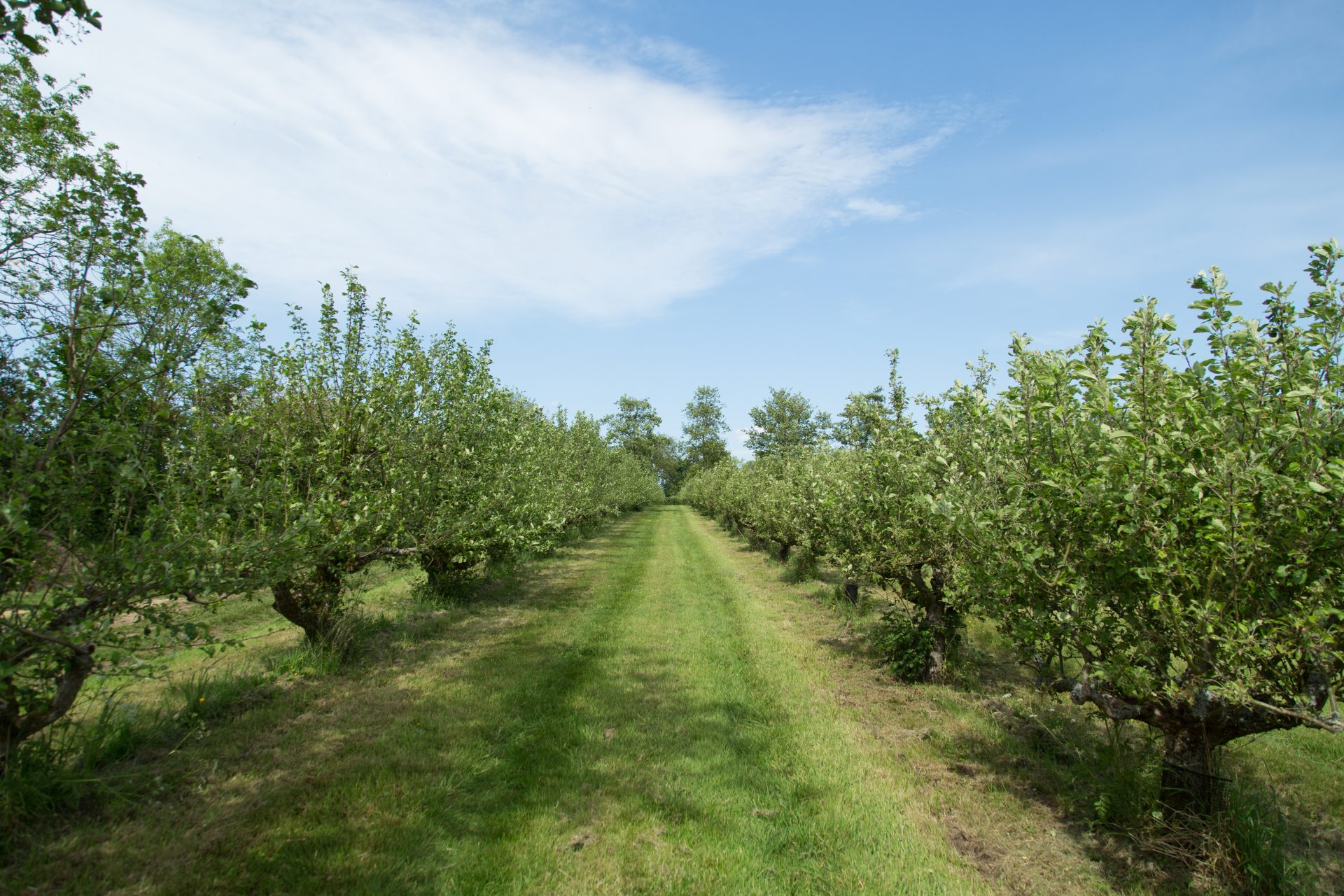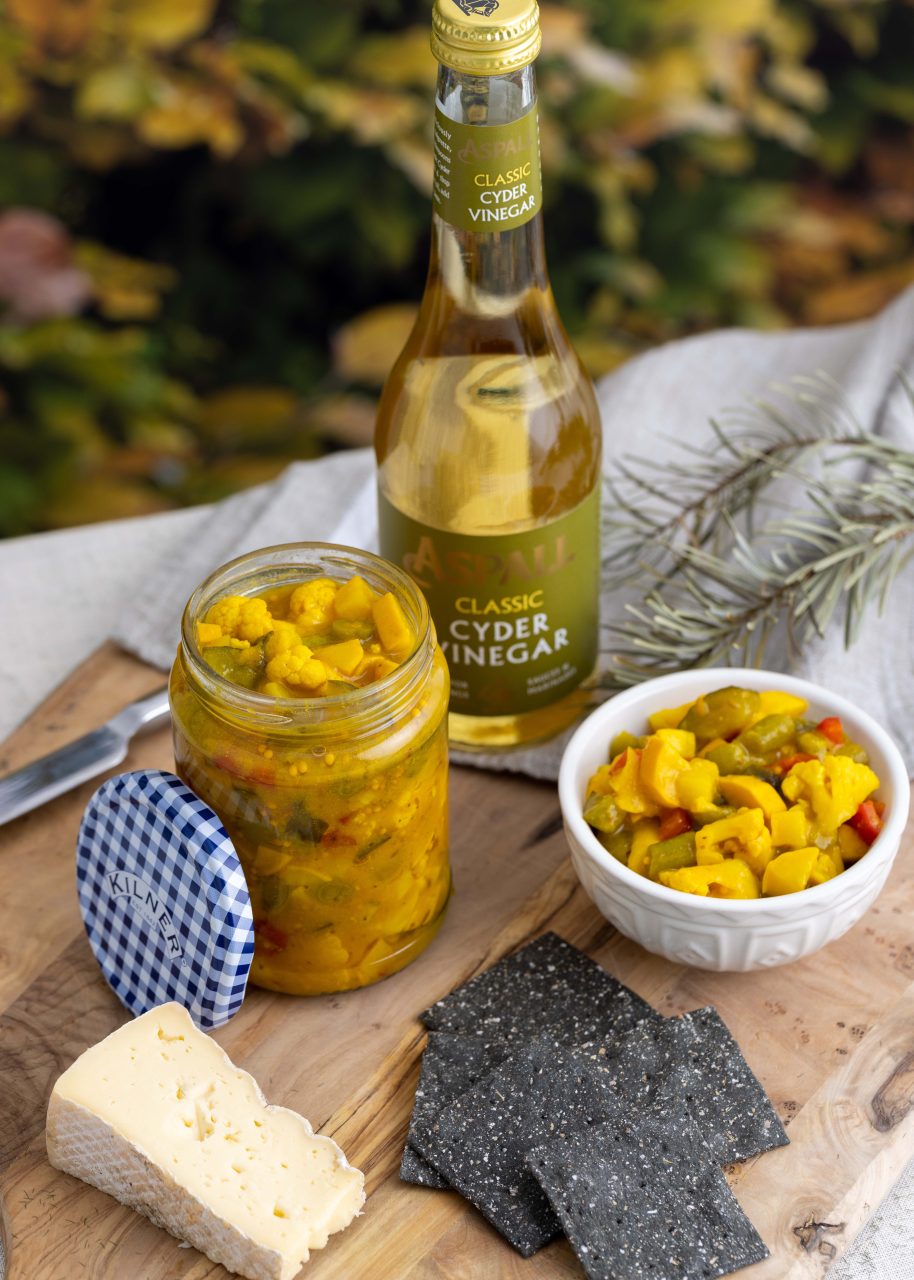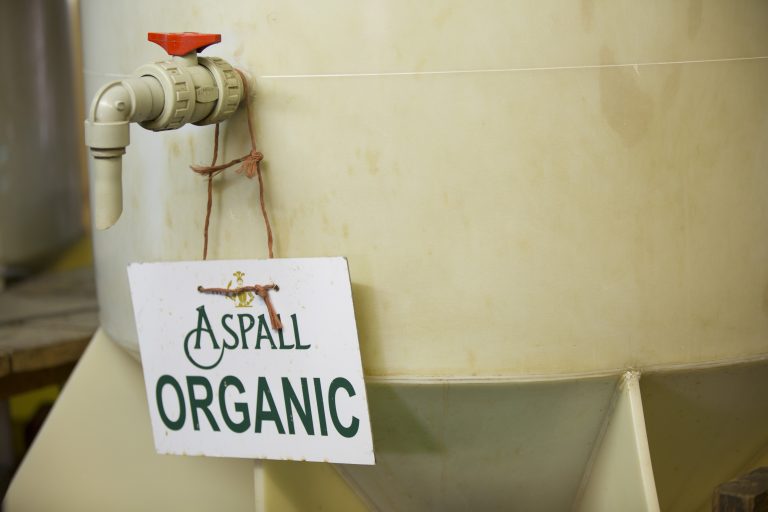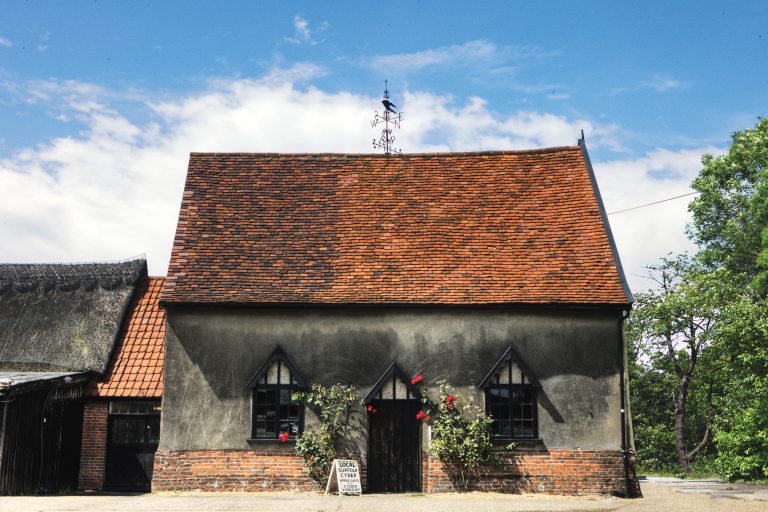In a special edition of Taking Time, we spoke to Aspall Cyder Vinegar. Like us, Aspall’s time is a key ingredient to their products. The fermentation process requires time and patience to produce a delicate tasting and award-winning range. From Aspall’s beginnings to sharing recipes that pair perfectly with our sourdough range, guaranteed to inspire you to try for yourself.
Tell us a bit more about Aspall & how the company started?
Aspall Cyder was founded almost 300 years ago by Clement Chevallier in the small hamlet of Aspall in Suffolk. A lot has changed at The Cyder House since the eighteenth century but our commitment to the high standards laid down by Clement has remained constant. Our refusal to cut corners or settle for anything short of perfection has continued to set Aspall Cyder apart from other cider makers, and our continued use of our historic name symbolises this.
In the 1970s, John Chevallier Guild, the seventh generation of Clement’s family to take on the family cyder business, began making high-quality vinegar as well as cyder at Aspall. He created his own fermenter and developed a unique way of making vinegar to produce the first batches of Aspall Cyder Vinegar.
How is Aspall’s Cyder Vinegar made?
Vinegar fermentation is an art that requires skill and patience. Firstly, the apples that have grown throughout the year need to be harvested and their juice extracted. A special blend of sweet, sour and bittersweet apples is needed to create the distinctive flavour of our cyder and cyder vinegars. We press the bittersweet apples grown by British growers in our Swiss hydraulic apple presses and we can now process as much fruit in a day as we would have in a season a century ago. In large stainless steel vats, champagne style yeast is then added to the apple juice, and the cyder fermentation process begins. Once this cyder fermentation is complete, our base cyders are then expertly blended before vinegar fermentation begins.
A key factor for the fermentation of high-quality cyder vinegar is ensuring that as much alcohol as possible is converted to acetic acid, and to do this we use using a temperature-controlled tank called an acetifier. Our acetifiers keep the natural bacteria (acetobacter) at an optimum temperature, while also providing them with a steady supply of oxygen bubbles. The vinegar produced in the acetator we use today leaves less than 0.3% alcohol remaining, which ensures our vinegars have a delicate flavour and clean finish.
What are your favourite ways to use Cyder Vinegar?
Aspall Cyder Vinegar is very versatile and can be used to lift the flavours of a huge range of recipes, including sauces, marinades, soups, hot drinks and sweet treats and bakes. Dressings are always a very popular way to use all our vinegars, and over the past two summers our social channels have been packed with ideas for dressing up simple meals with tasty, homemade dressings. Many can be stored in clean jars in the fridge for several days or even up to a month, ready to dress up a summer salad one day and pasta, meat, fish or something else entirely the next!
We’re also big fans of homemade pickles made with Aspall Cyder Vinegar or our other specialty vinegars. Nothing you can buy in a supermarket comes close to the taste of a homemade pickle – especially with cheese and crackers!
Our ethos at Peter’s Yard is all about taking time for the simple pleasures in life – tell us, what are the pastimes, Aspall’s advocates?
Here at Aspall, we’re passionate about the importance of slowing down and enjoying the simple pleasures in life. Growing, cooking, pickling and eating our own produce are all great ways to do this. All are antidotes to the hectic pace of modern life and connect us to the seasons and natural rhythms of life. Vegetables cannot be hurried into growing and meals cannot be rushed into being properly cooked. Pickling requires patience, and to truly appreciate food we must take the time to savour it.
This year, we partnered up with food writer and veg grower Kathy Slack to help more people discover the joys of watching tiny seeds turn into full-flavoured vegetables, which can then be transformed into tasty home cooked meals or pickles. This included Aspall’s staff, who were all given organic seeds during Mental Health Awareness Week and have cooked up some very impressive meals with their harvests!
Tell us a favourite recipe to pair with Peter’s Yard crackers/crispbreads?
There are so many! Pickles and preserves are great accompaniments, especially with cheese. We love pickled grapes with a slice of Stilton or Camembert and Peter’s Yard sourdough crackers. Or Pam Corbin’s spiced blackberry and apple butter with some Cheddar and a sourdough crispbread or flatbread.
Amelia Freer’s smoky tomato dip is also perfect for pairing with Peter’s Yard crackers, flatbreads or crispbreads alongside crunchy vegetable crudités.
Sourdough crackers and crispbreads
Our hand-baked sourdough crackers and crispbreads are the perfect accompaniment to the ultimate British cheeseboard.



